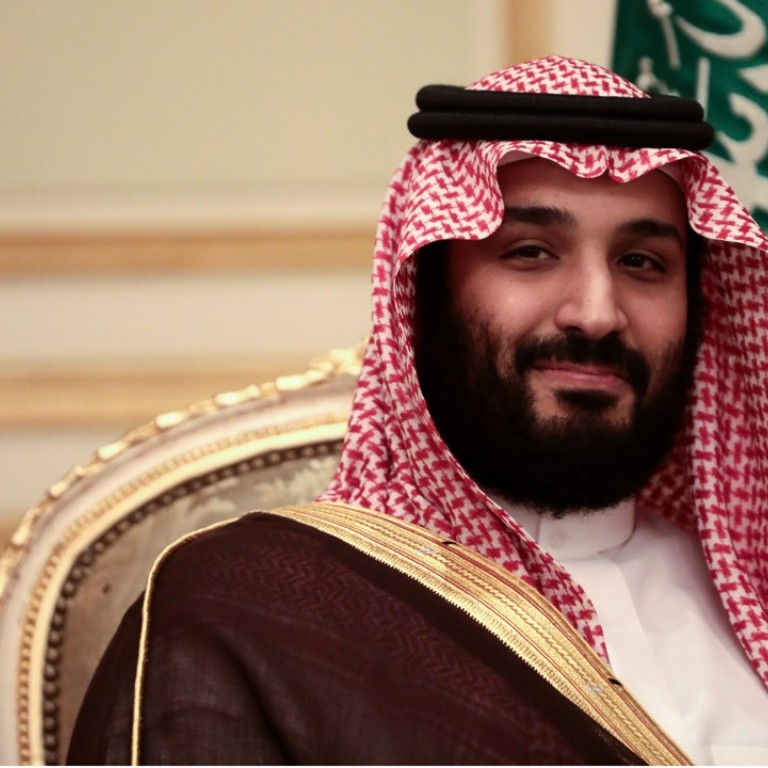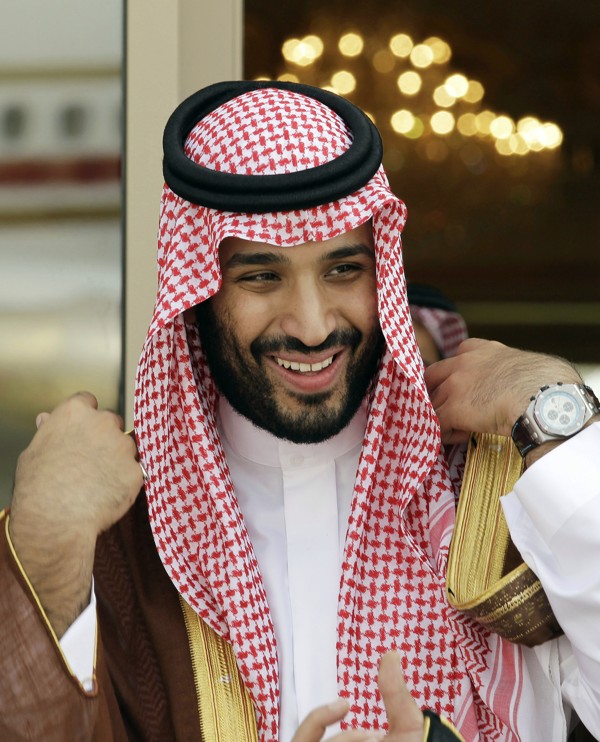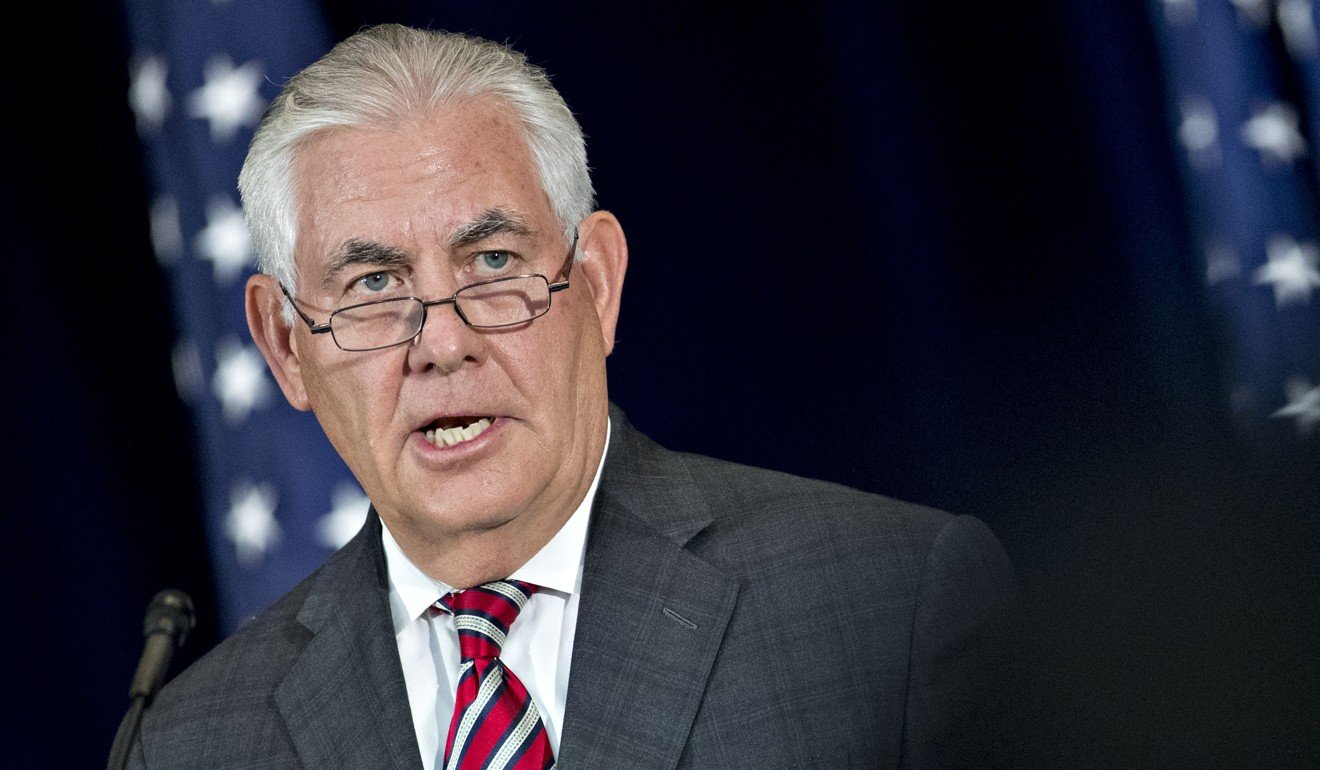
Supporting women’s driving and bombing Yemen, what’s the next Saudi leader really like?
The kingdom’s newly promoted leader-in-waiting Mohammed bin Salman has a modern vision that includes film screenings and female drivers, but there are many economic and geopolitical hurdles in his way
Saudi King Salman’s promotion of his son, Mohammed bin Salman, as crown prince at the expense of his nephew, Mohammed bin Nayef, could prove to be a mixed blessing for a kingdom in transition that faces significant international challenges of its own making.
Prince Mohammed’s ascendancy was never in doubt. It was a question of when rather than if. Reportedly ill and clearly feeble in his public appearances, King Salman may have wanted to ensure sooner rather than later that his 31-year-old son, the former deputy crown prince, would be his successor.

In doing so, King Salman appears to be taking a gamble. Prince Mohammed is popular among Saudi youth who feel that his ascendancy puts in office a member of the ruling Al Saud family who, because of his age, is more attuned to their aspirations.
The prince has introduced entertainment, including music concerts, theatrical productions, film showings and comedy performances in a country where culture has been largely limited to religious and tribal expressions.
He has also signalled his support in principle for lifting the ban on women drivers and other rollbacks of austere public codes.

However, the prince’s more liberal vision comes with a heavy price tag. Forced to restructure the kingdom’s rentier economy at a time of reduced energy prices and upgrade the country’s autocracy, his measures have sparked criticism not only from the kingdom’s Sunni Muslim ultra-conservatives, but also ordinary Saudis who have felt the cost of change in their wallet.
The significant revamp set out in Prince Mohammed’s Vision 2030 plan for the future involves a unilateral rewriting of the kingdom’s social contract that offered a cradle-to-grave welfare state in exchange for political fealty and acceptance of Sunni ultra-conservatism’s austere moral and social codes.
How the Qatar crisis could turn into a disaster for Beijing
Saudis have, since the introduction of cost-cutting measures, seen significant rises in utility prices and greater job uncertainty as the government seeks to prune its bloated bureaucracy and encourage private-sector employment. Slashes in housing, vacation and sickness benefits reduced salaries in the public sector, the country’s largest employer, by up to a third.
Online protests, fuelled in part by Prince Mohammed’s acquisition of a US$500 million yacht shortly after he came to office, persuaded the government in April to roll back some of the austerity measures and restore most of the perks.
Reduced public spending and delays in payments have put two of the kingdom’s major companies, Bin Laden and Saudi Oger, in dire straits. Thousands of employees have been unpaid for months. Bin Laden workers last year burnt a bus in Mecca in protest. Oger reportedly is bankrupt and likely to go into liquidation.

Prince Mohammed, since first coming to office in 2015, has embroiled Saudi Arabia in two major international entanglements without an exit strategy, forcing the kingdom to grope for a face-saving way out. He also serves as the defence minister and is the lead official responsible for the war in Yemen. In its third year, the war has called into question Saudi Arabia’s ability to effectively deploy its massive state-of-the-art military acquisitions.
The crisis has damaged Saudi Arabia‘s reputation and promises to produce a generation of Yemenis who will resent the suffering and destruction caused by the ill-fated invasion.
Why US$50 oil is at the heart of the Saudi-Qatar conflict
Similarly, the diplomatic and economic boycott of Qatar threatens to backfire. The ability of Qatar, a tiny state with only 300,000 citizens, to resist the embargo and the inability of Saudi Arabia and the UAE to put forward demands that could garner international support has turned into an embarrassment.
The US State Department took the two Gulf powers to task this week. State Department spokeswoman Heather Nauert said she was “mystified” by the lack of demands.
In the strongest US language yet, Nauert, referring to the six-nation Gulf Cooperation Council (GCC), added: “At this point, we are left with one simple question: Were the actions really about their concerns regarding Qatar’s alleged support for terrorism or were they about the long-simmering grievances between and among the GCC countries.”

Her comments followed a series of US steps that appeared to strengthen Qatar in its dispute with Saudi Arabia and the UAE. Those steps included a joint US-Qatari naval exercise, a US$12 billion fighter jet deal, and a statement by US Secretary of State Rex Tillerson that the designation of the Muslim Brotherhood as a terrorist organisation, a key demand floated by Saudi Arabia and the UAE, was all but impossible.
Most major Muslim nations, including Pakistan, Indonesia and Malaysia, are keen to stay on the sidelines.

Why Saudi-UAE campaign against Qatar and Iran puts China in a bind
Prince Mohammed has his work cut out for him. He will have to demonstrate the kind of deftness and ability to build bridges he has yet to put on display. While bold in his ambitions and willingness to gamble, he will also need to recognise the need for exit strategies.
Prince Mohammed could well prove to be the figure that pushes through the kind of change that will enable Saudi Arabia to successfully compete in the 21st century. By the same token, he could also tie the kingdom further into knots. ■
James M. Dorsey is a senior fellow at the S. Rajaratnam School of International Studies and co-director of the Institute of Fan Culture of the University of Wuerzburg

